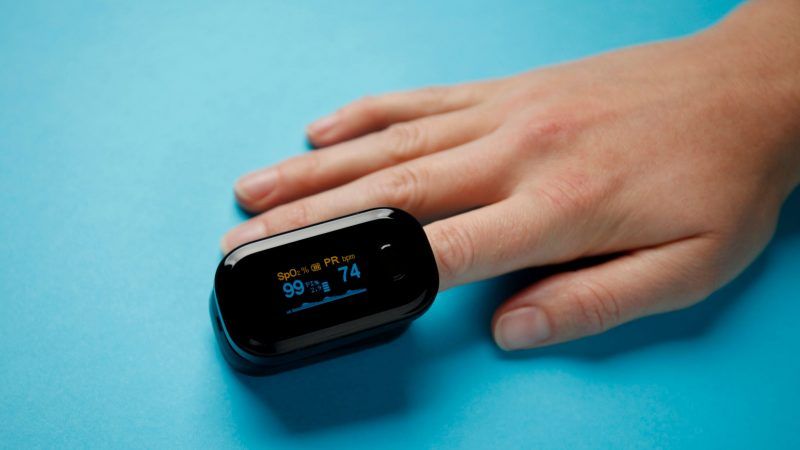One of the early breakthroughs in the treatment of COVID-19 was the identification of silent hypoxia – the presence of low blood oxygen levels in a patient who might not otherwise seem unwell – as a symptom that requires urgent medical attention.
Across many parts of the country, the NHS is now using a simple monitoring device called a pulse oximeter to measure oxygen levels and pick up on early signs of deterioration which may suggest a patient requires urgent care.
In Hampshire and the Isle of Wight, the CO@H service was originally inspired by a local GP practice which launched a paper-based, self-monitoring pilot for their COVID-19 patients in April 2020. The model was then adapted and scaled up across the region over the following months. Inhealthcare has rolled out the service across Hampshire, the Isle of Wight, Dorset and is soon to go live in Buckinghamshire, Surrey and Sussex. More locations will follow, including Bristol, North Somerset and South Gloucestershire.
Who is involved?
The digital enablement programme is part of the wider Hampshire and the Isle of Wight CO@H project taking place across the integrated care systems in the South East of England. This is designed to remotely monitor and manage cases of suspected or diagnosed COVID-19, and to support timely escalation should a patient deteriorate.
The Hampshire and the Isle of Wight ICS is built on close collaboration with Wessex AHSN, combined with the support, leadership and insight of a range of clinical service leads and managerial and digital experts.
Aims of the project
Using NHSX funding, the project aims to enhance the digital capabilities of the CO@H service, including enabling patients to enter their own data, improving the visibility and use of data across different settings and creating better alert systems to identify and prioritise patients who need urgent treatment. The technology will:
- Improve the quality of service for patients by giving them more choice and control over how they enter their data;
- Enhance the safety and speed of the service by ensuring healthcare professionals are able to access relevant information quickly and effectively;
- Support better decision-making in respect of workflow and capacity management across primary and urgent care as well as CO@H teams; and
- Allow digital interoperability, enabling patient level data to be seen across all settings, including ambulance services, hospitals as well as CO@H teams.
“The use of technology to identify and monitor COVID-19 patients at risk of developing ‘silent hypoxia’ has been a key determinant in the fight against COVID-19. Having the ability to view all of our COVID-19 patients on a single dashboard has meant patients are safer, they are receiving the right care at the right time and the burden on our clinical teams has reduced; physically and emotionally. We know our patients are receiving optimum remote care 24/7.”
Sarah Kearney – Lead Respiratory Clinical Nurse Specialist & Covid Lead, Isle of Wight NHS Trust
Read the full case study from the Wessex Academic Health Science Network here.

